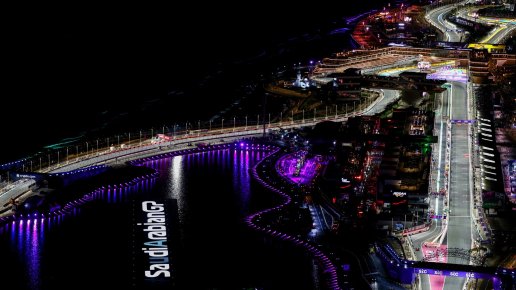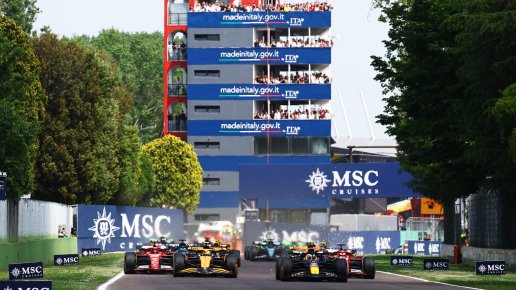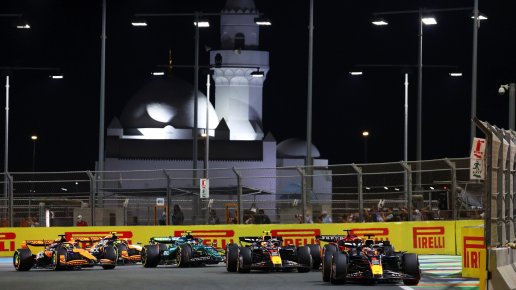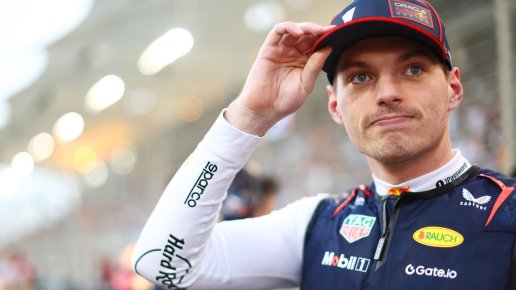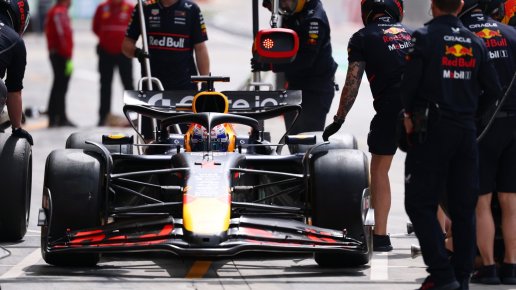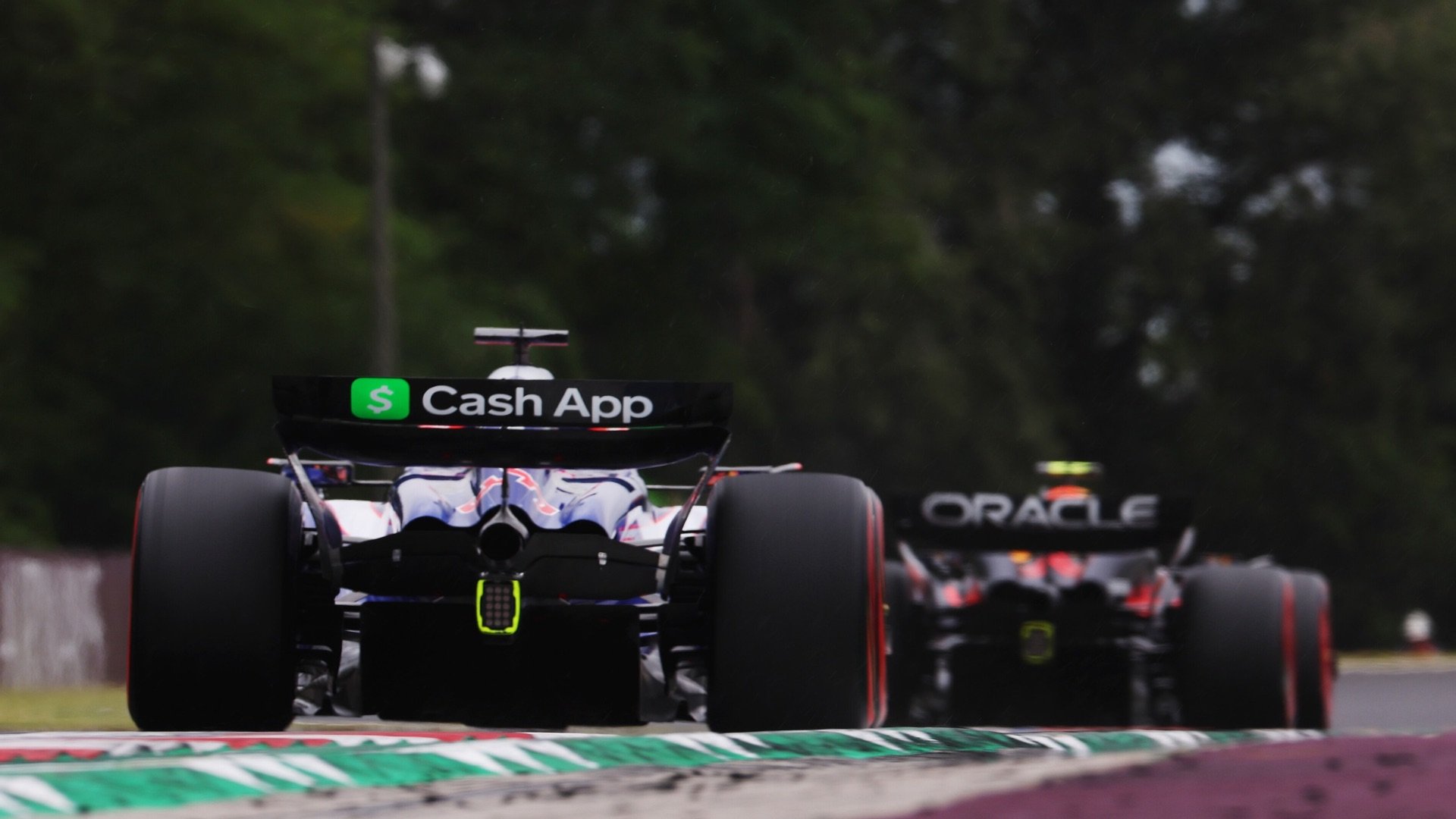
Photo: Getty Images / Red Bull Content Pool
What is dirty air in F1 and why do drivers hate it?
If you’ve ever watched a Formula 1 race, you’ve probably heard the term “dirty air”. Drivers often mention it over the team radio, and it’s something that makes racing and overtaking much more difficult. But what actually is it and why is it such a big problem in F1?
F1 & MotoGP news to your inbox every day.
"Dirty air" is a term used for the messy, turbulent air that comes off the back of a car as it moves through the air at high speed. When another car is following closely behind, it drives into this disturbed air. This causes the second car to lose downforce, which is the grip it gets from the air pressing it down onto the track.
Without enough downforce, the car becomes harder to handle in corners, and the driver has to slow down to keep control. It also means the tyres heat up more and wear out faster, because there isn’t enough clean air to cool them, meaning that ometimes, drivers have to back off and create a gap just to let their tyres recover.
Even though the current generation of cars, introduced in 2022, was designed to reduce the dirty air effect, the problem has started to return. Teams have found ways to improve their car designs and gain speed, but in doing so, they’ve also brought back more turbulence.
McLaren team principal Andrea Stella explained how serious the issue is after races in both Japan and China this year. At the Japanese Grand Prix in Suzuka, he pointed out that even when a car had better tyres or more pace, it struggled to get close enough to make a move. He said that once a car enters the dirty air of the car in front, it simply loses too much performance.
A similar situation happened in China, where leading drivers could control the race easily once they were in clean air, like Lewis Hamilton during the sprint race, while those behind had no real chance to attack.
However, this isn’t a new problem. One of the most clear examples happened at the 2021 Hungarian Grand Prix. Lewis Hamilton, in a much faster Mercedes with fresh tyres, spent lap after lap stuck behind Fernando Alonso’s Alpine. Despite having the speed to challenge for the win, he just couldn’t get close enough to pass. The dirty air made it impossible to take advantage of his better car, and as a result, Esteban Ocon, Alonso’s teammate at the time, held the lead and went on to take his very first F1 victory.
That’s why dirty air is such a big talking point in Formula 1 today. Even though the cars are closer in performance than they have been in years, the races can often feel processional, with very few overtakes, like in Japan, which then makes fans unhappy.
The sport is aware of the problem and is already planning solutions for the future. The new rules for 2026 are expected to include changes to the car’s aerodynamics to make them produce less dirty air, as well as the possible introduction of active aerodynamic parts that adjust depending on the situation, helping the car behind stay more stable. There may also be new tools like a power boost system to help drivers complete overtakes when they’re close enough.
The goal is to bring back more exciting, wheel-to-wheel racing, where drivers can really push each other and battle for position on track, not just rely on pit stops or qualifying. Until those changes arrive, dirty air will unfortunately continue to be one of the biggest obstacles to close racing in Formula 1.

